Metriacanthosaurus
Name Origin
Moderate-Spined Lizard
Family
Metriacanthosauridae
Classification
Diapsida, Saurischia, Theropoda
Habitat (Discovery Location)
United Kingdom
Period
Approximately 160 million years ago (Late Jurassic)
Length
Approximately 6 to 8 meters
Weight
Approximately 1 ton
Diet
Carnivore (Meat-eater)
 Jurassic
Jurassic
Park / World Featured Dinosaur
Appearance in Jurassic Park
It never appears as a living creature; its name is the only thing featured.
Its sole appearance in the film is during the "embryo cold storage" scene. Its name is seen on the label of one of the dinosaur embryos Dennis Nedry steals. At the time, it was an extremely obscure dinosaur, so (much like Proceratosaurus) its inclusion sparked curiosity among some fans wondering what kind of creature it was. The embryo vial was also marked with a skull icon for identification.Appearance in Jurassic World
Metriacanthosaurus does not appear as a living creature in the main Jurassic World film. However, "she" was a dinosaur that had been included on the official species list, according to the lore, ever since the time of the first Jurassic Park.
In 2015, approximately 22 years after her name first appeared, Metriacanthosaurus finally received the call to be in Jurassic World.
A CG design was even created, and one might have assumed a scene of her rampaging had been filmed. But shockingly, when the final film was released, her part had been completely cut.
Perhaps because even the studio felt pity for this cruel treatment, her official CG design—the one that was supposed to be in the movie—can now be seen on the official website.
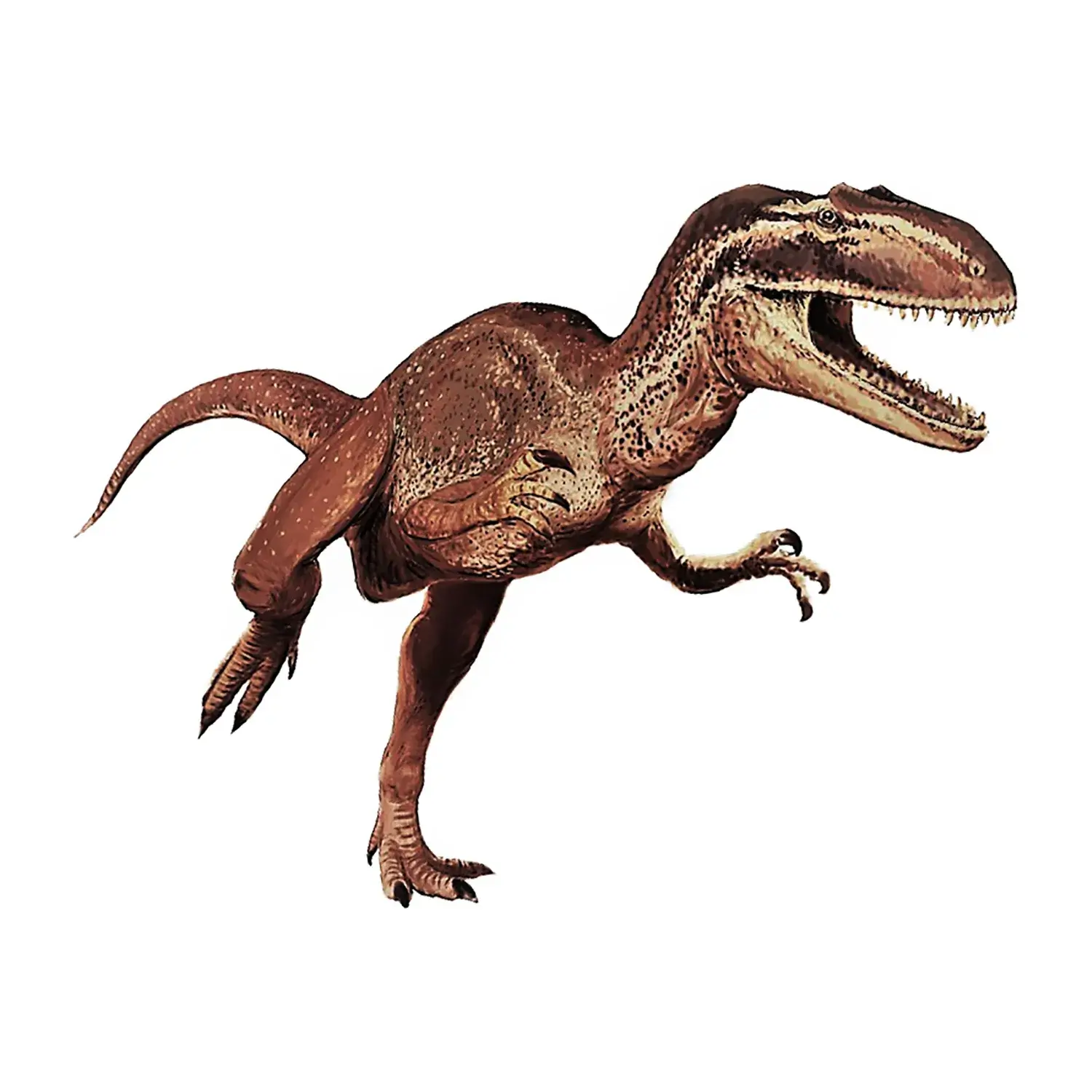
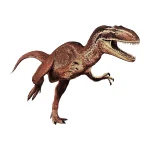
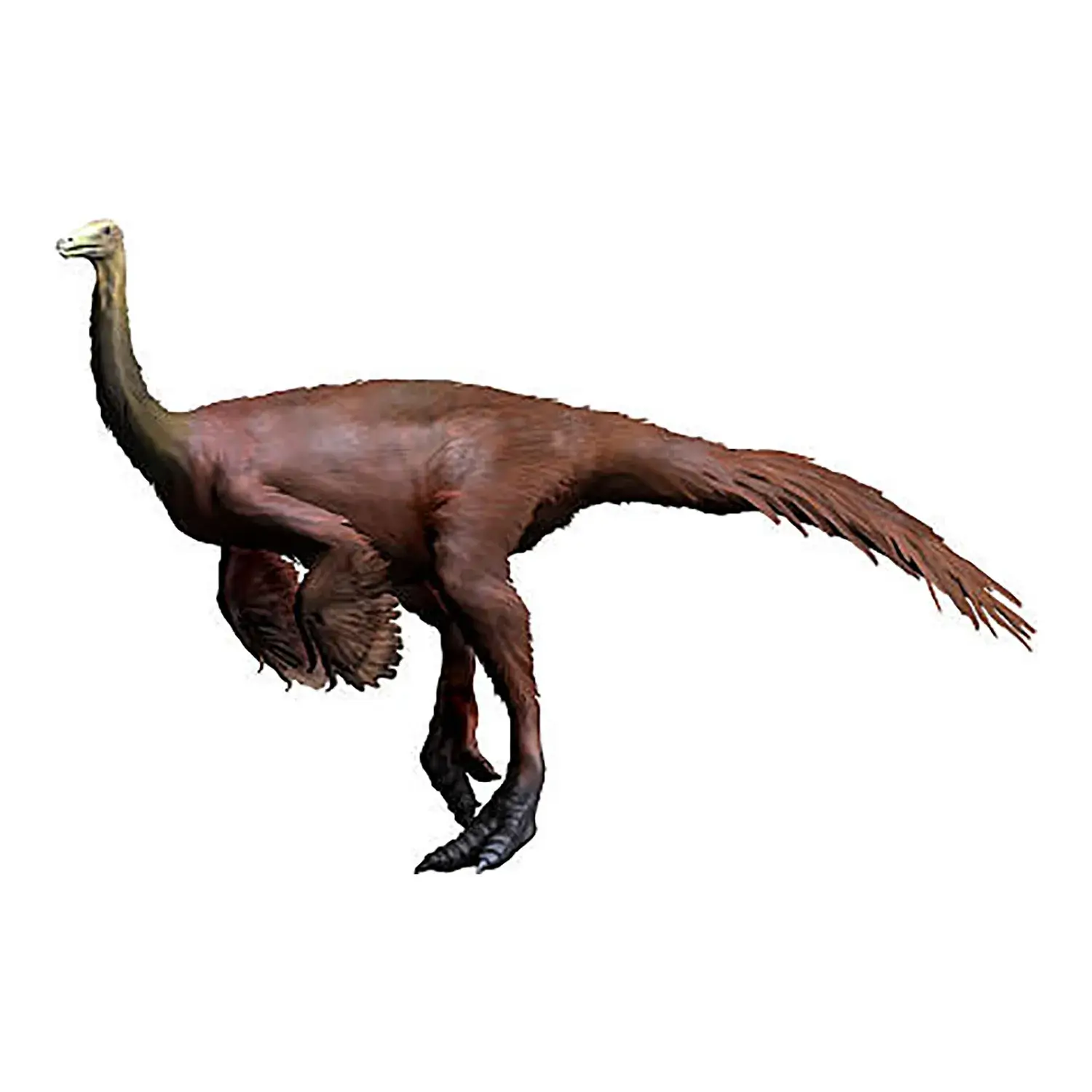



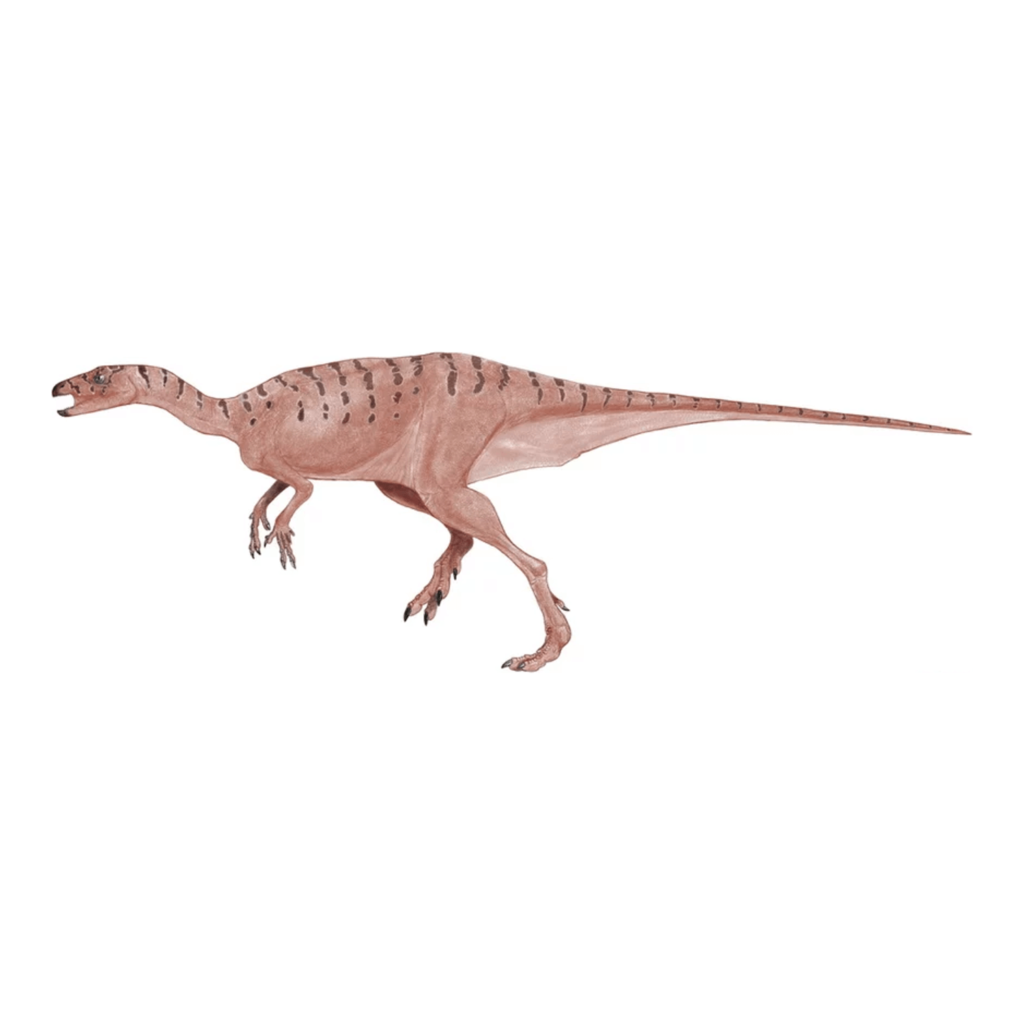
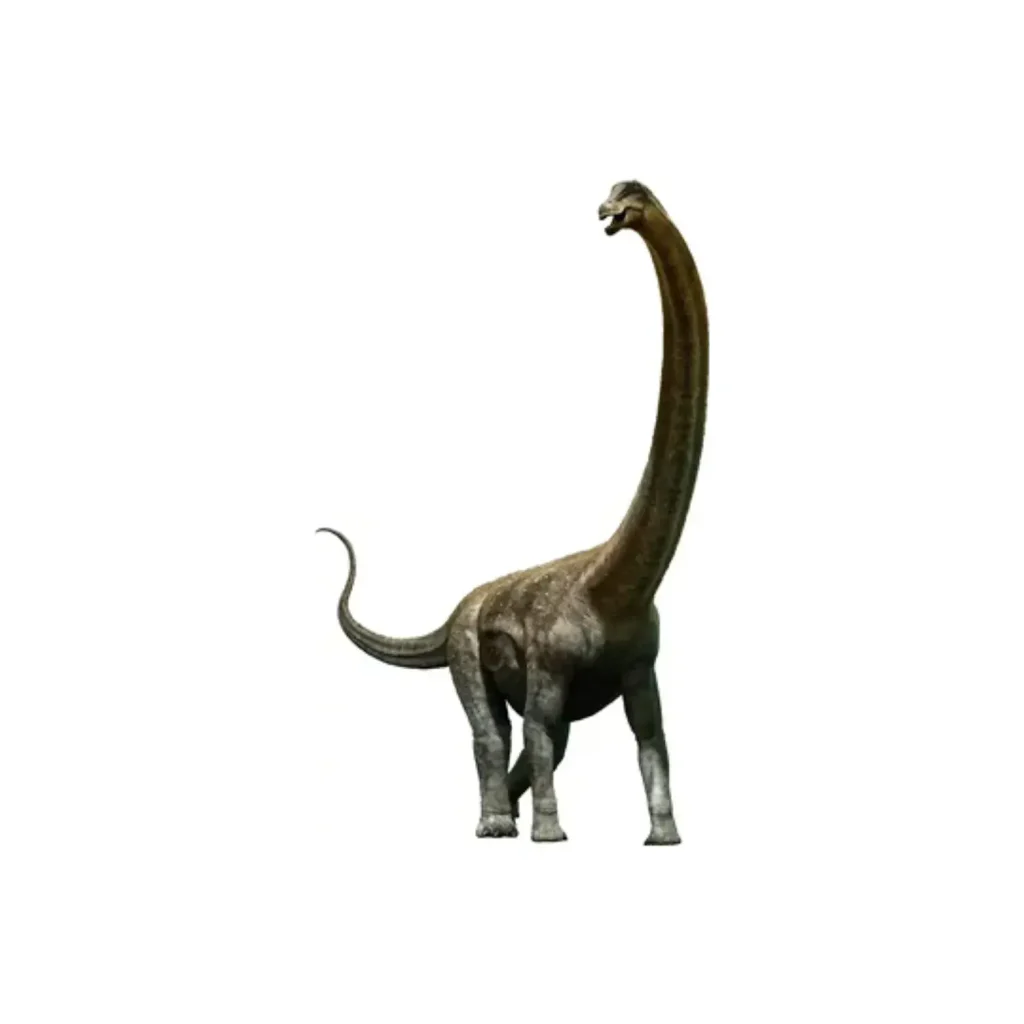

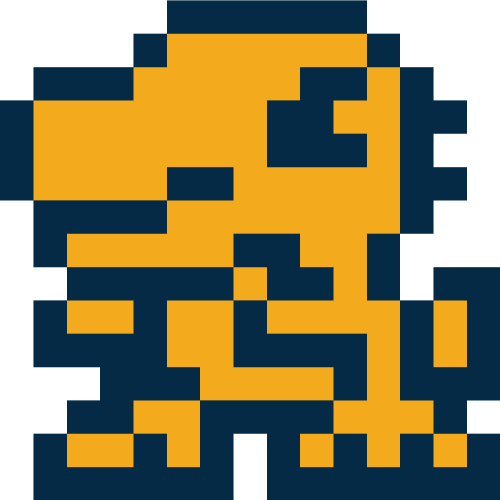
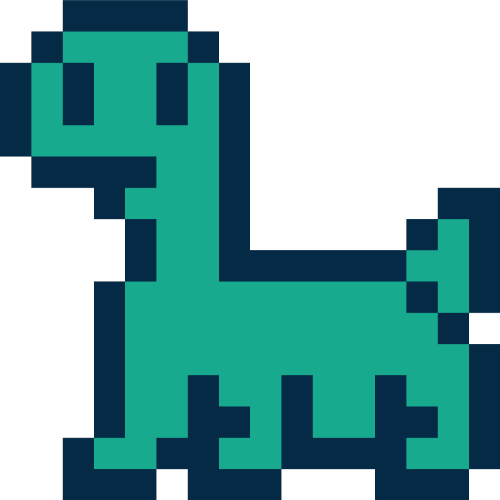
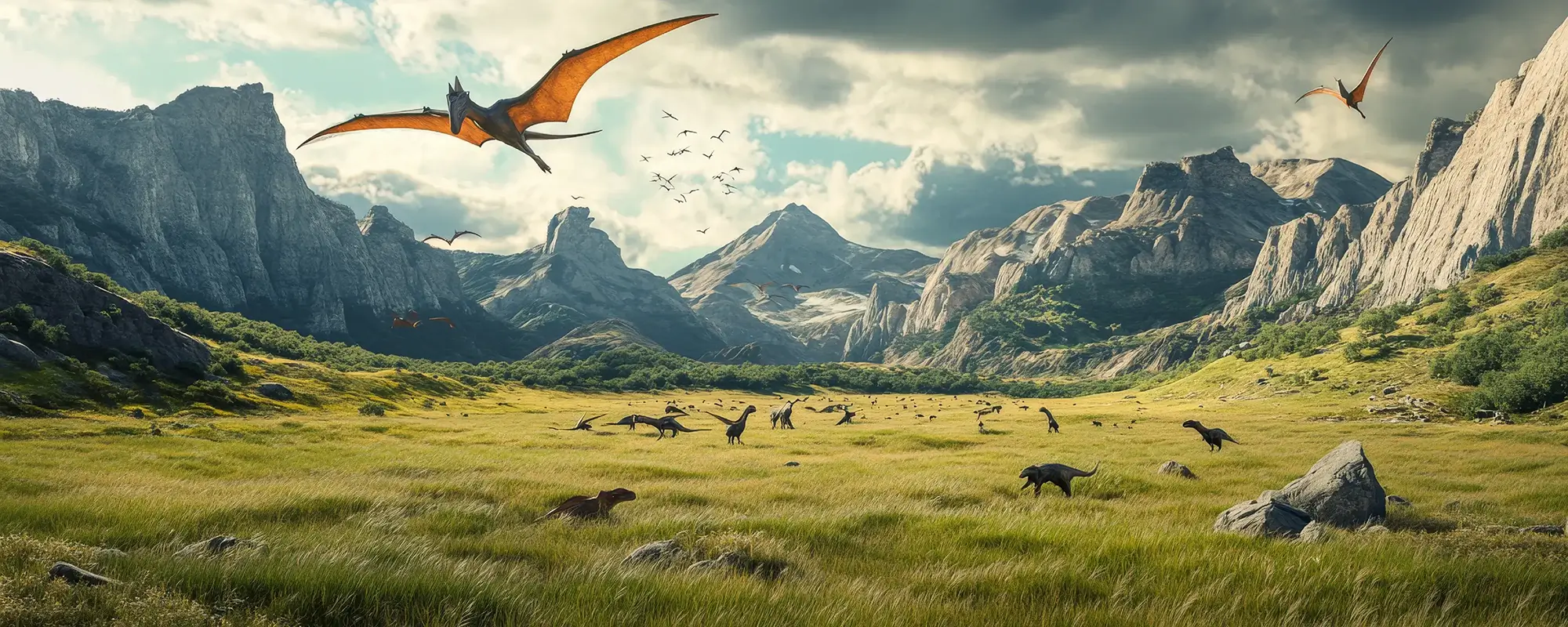




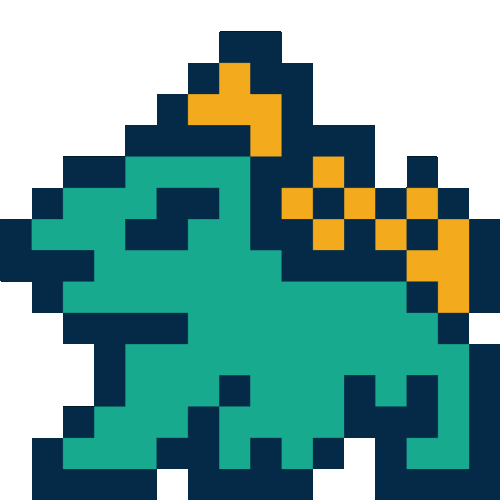


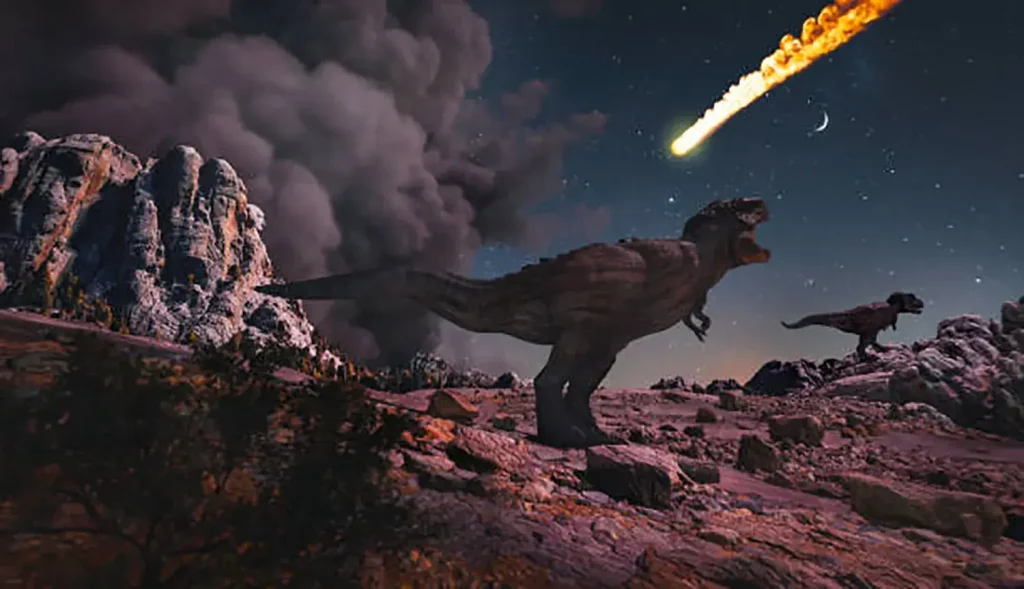
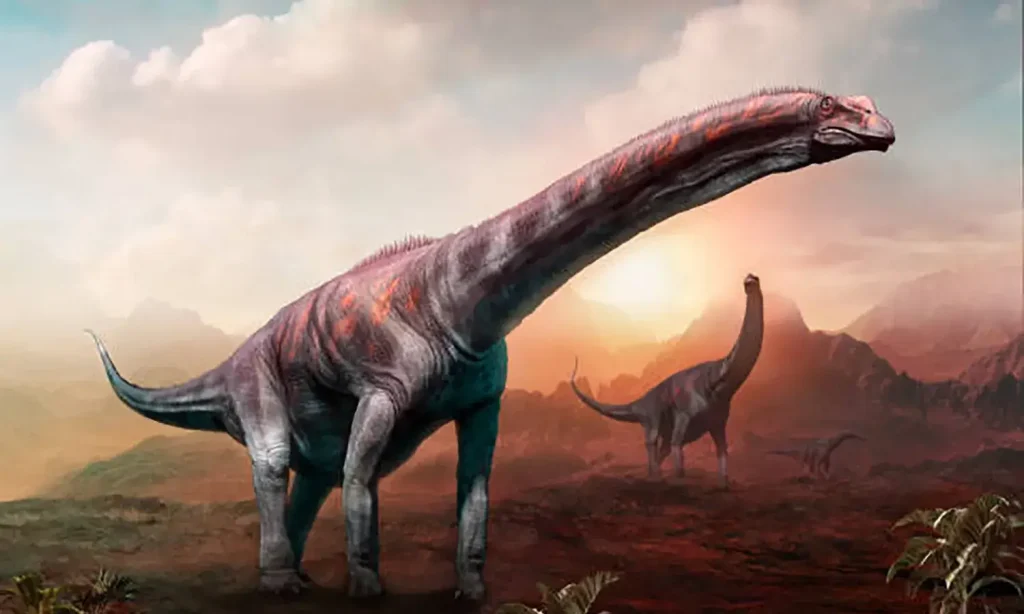
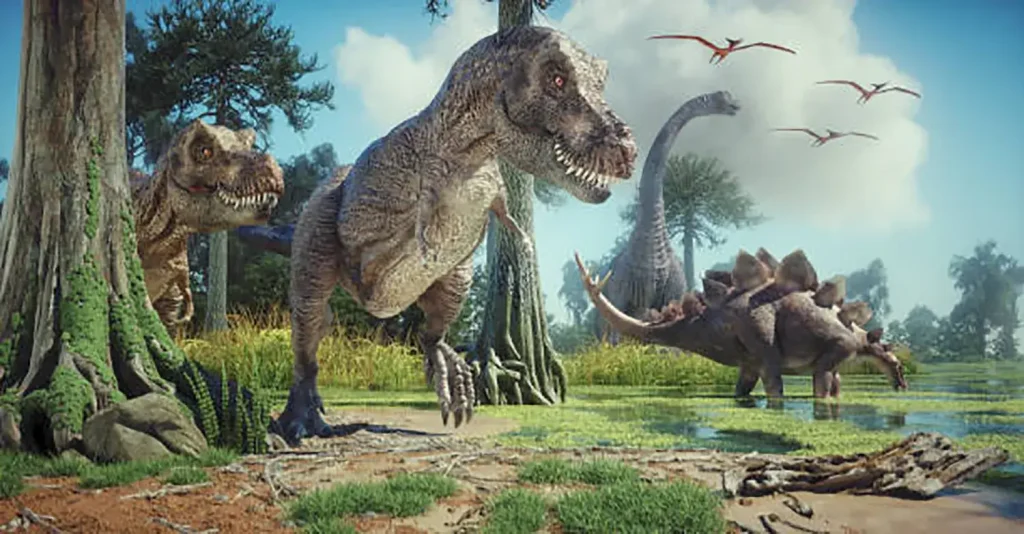
Description
Metriacanthosaurus was a medium- to large-sized carnivorous dinosaur that lived in Europe, in what is now the United Kingdom, during the Late Jurassic period.
It is considered a member of the Carnosauria group, which also includes Allosaurus, but its discovery history has been marked by taxonomic confusion.
The “Megalosaurus” Shadow and Its Independence
The fossil of this dinosaur was first discovered relatively early, in 1923.
However, there was a trend at the time—a “wastebasket taxon”—of classifying “any dinosaur found in Europe as Megalosaurus.” Because of this, Metriacanthosaurus was also treated as a species of Megalosaurus.
However, after many years, a re-examination of the fossil revealed that it possessed clear differences not seen in Megalosaurus.
Finally, in 1964, the paleontologist Alick Walker gave it the name “Metriacanthosaurus” as its own independent genus.
The “Moderate Spines” That Granted It Independence
The name “Metriacanthosaurus” means “moderately-spined lizard” in Ancient Greek.
The name is derived from its most prominent feature: the spines on its vertebrae, which were slightly more elongated than those of other dinosaurs.
These spines on its back reached a length of over 25cm.
It is believed that muscles were attached here, giving it a distinctive body shape with a slightly raised back.
Ironically, if this characteristic spinal fossil had not been discovered, it might never have been freed from the “shadow” of Megalosaurus and recognized as its own genus.
A Complete Picture Shrouded in Mystery
Although nearly 100 years have passed since its discovery, the fossils of Metriacanthosaurus found to date remain extremely fragmentary.
Only parts of the skull, hip, legs (a left femur, part of a right tibia), and vertebrae (dorsal and caudal) have been found; a complete skeleton has not been assembled.
Because the number of specimens is so small, reconstructed skeletons are rare, and the reality is that many details about it are still unknown.
Currently, its length is estimated at 6 to 8 meters, and its weight is estimated to be around 1 ton.
It is also considered to be a close relative of Yangchuanosaurus, which was discovered in China.